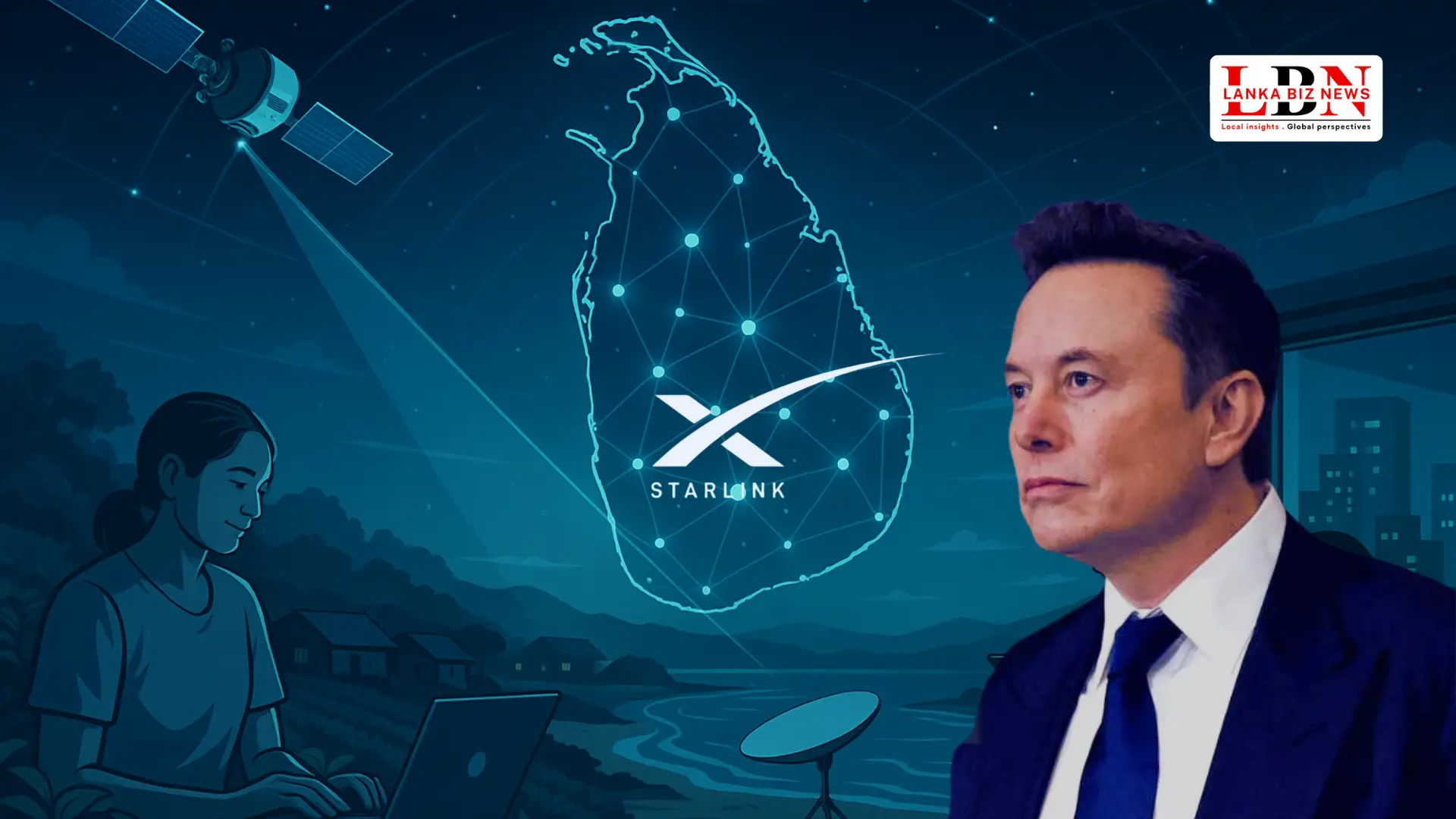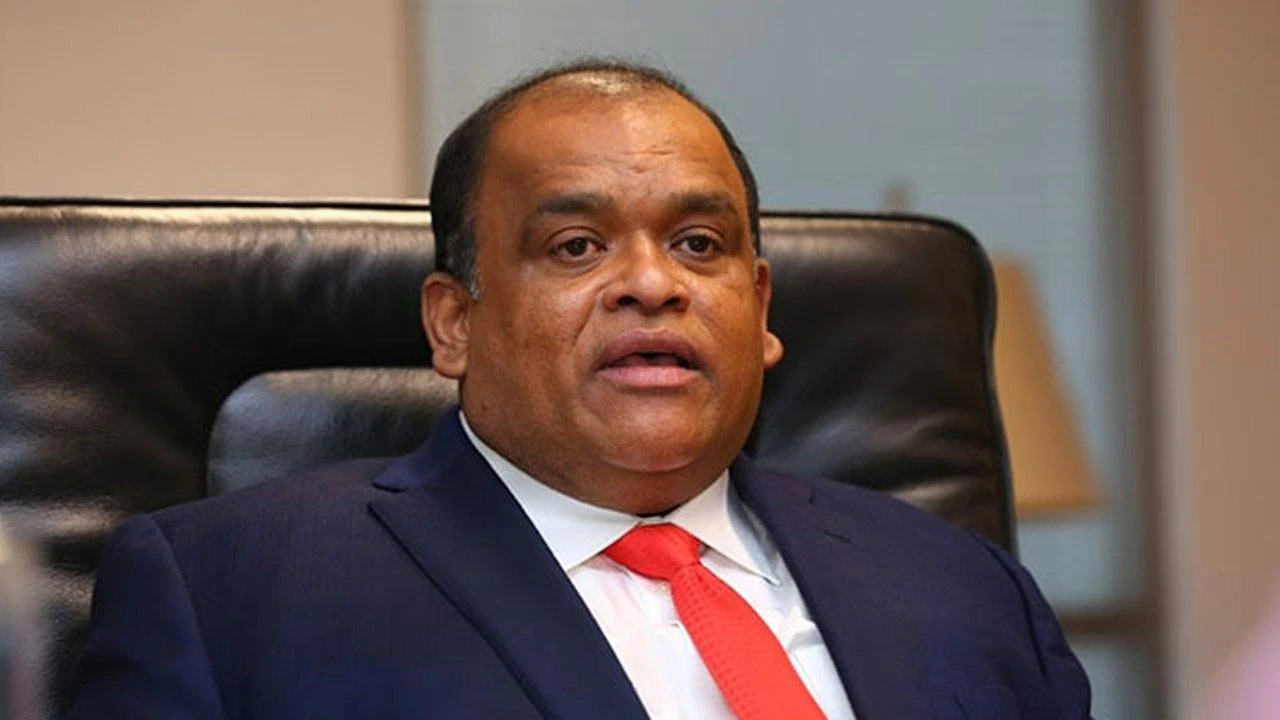Starlink In Sri Lanka | When Starlink officially launched across Sri Lanka in July 2025, it wasn’t just another internet provider entering the market—it was a game-changer. For years, internet access in Sri Lanka has remained unequal. While urban areas enjoy fibre connections and reliable mobile data, many rural and estate communities are still stuck with patchy signals or no access at all. With Starlink’s satellite-based system now live, that digital divide may finally start to narrow.
Sri Lanka’s internet landscape has long been dominated by major players such as SLT-Mobitel, Dialog, Hutch, and Airtel. These providers offer a mix of fibre broadband, fixed wireless, and mobile data services. In urban centres like Colombo, Kandy, and Galle, users have access to fibre speeds ranging from 50 Mbps up to 300 Mbps in some zones. However, outside those areas, broadband availability drops significantly. Many users rely solely on mobile data, often contending with congestion and inconsistent speeds.
This is where Starlink offers something new. Rather than relying on ground infrastructure like cables and towers, Starlink uses a network of low Earth orbit satellites to beam high-speed internet directly to users. It doesn’t matter if you’re in a remote coastal village or in the middle of the central hills—if you’ve got a clear view of the sky, you’re connected.
What Starlink offers is not just novelty, but practical speed. Users can expect download speeds between 100 to 200 Mbps and upload speeds sufficient for smooth video calls, remote work, and content streaming. It brings a sense of reliability and consistency that’s often missing in rural internet setups. No more buffering YouTube videos or dropped Zoom calls—at least for those who can afford it.
That said, Starlink is not cheap. The hardware kit—consisting of a satellite dish and router—comes in at around Rs. 118,000 as a one-time payment. Monthly subscriptions vary depending on your needs, with the standard unlimited data package priced at approximately Rs. 15,000 per month. A more affordable “Lite” plan offers deprioritised unlimited data at roughly Rs. 9,200 per month, which may still be out of reach for many average households.
Despite the cost, the demand is clear. Early adopters across Sri Lanka—from estate areas in Nuwara Eliya to isolated fishing communities in the east—have begun to share their experiences. Many report stable, fast connections where they previously had none. It’s not just households who benefit either. Small businesses, private tutors, and online professionals are discovering new levels of productivity and reach.
For rural schools and online learners, this development could not be more timely. After the pandemic pushed education online, thousands of children were left behind due to poor connectivity. Starlink offers a potential solution for bridging that gap, especially in places where fibre rollout has stalled or is years away.
Beyond education, Starlink has potential in agriculture, healthcare, and disaster response. Remote farmers can access market prices, weather data, and agritech tools. Health officers in underserved regions can consult with specialists in real time. And during floods or landslides—when traditional networks are down—Starlink’s sky-based signal can still function.
So how does Starlink in Sri Lanka compare to what’s already available?
Let’s look at a few simple benchmarks. Fibre broadband from SLT or Dialog is significantly cheaper but is only available in fibre-covered zones. Mobile data is more affordable and widely accessible, but speeds vary greatly and network drops are common in busy hours or remote locations. Starlink, on the other hand, offers consistent performance regardless of location—but at a premium price.
A quick summary: if you live in a fibre-enabled area and need affordable high-speed internet, SLT or Dialog fibre is still your best bet. But if you’re in an area with little to no broadband access, and you need reliable, fast internet for work or study, Starlink is a serious contender.
Of course, there are caveats. Starlink relies on uninterrupted power supply and an unobstructed view of the sky. That means outages during power cuts (unless you have a backup battery system), and some limitations during heavy storms. Additionally, the current pricing structure could make it inaccessible to lower-income households without subsidies or community sharing models.
That raises an important question: will Starlink reduce digital inequality, or will it only reinforce it by being available primarily to those who can afford the upfront costs?
The answer may depend on how local governments, donors, or institutions decide to leverage the technology. Community Wi-Fi setups, educational partnerships, or subsidised rollouts in key zones could help spread access more equitably.
Despite these questions, there’s no doubt that Starlink represents a step forward. For years, digital inclusion in Sri Lanka has meant waiting—waiting for fibre lines, waiting for new towers, waiting for reforms. With Starlink, the waiting ends. The future has literally arrived from the sky.
As Sri Lanka pursues its goal of becoming a digital hub in South Asia—with dreams of tech parks, e-governance, and startup ecosystems—connectivity is the foundation. Whether you’re a teacher in Jaffna, a small business owner in Monaragala, or a student in Badulla, you now have access to a tool that can put you on the digital map.
It’s not a magic fix, and it’s not for everyone—at least not yet. But Starlink has raised the bar. And in doing so, it has challenged the entire industry to step up and deliver better, faster, and more inclusive internet for all of Sri Lanka.





